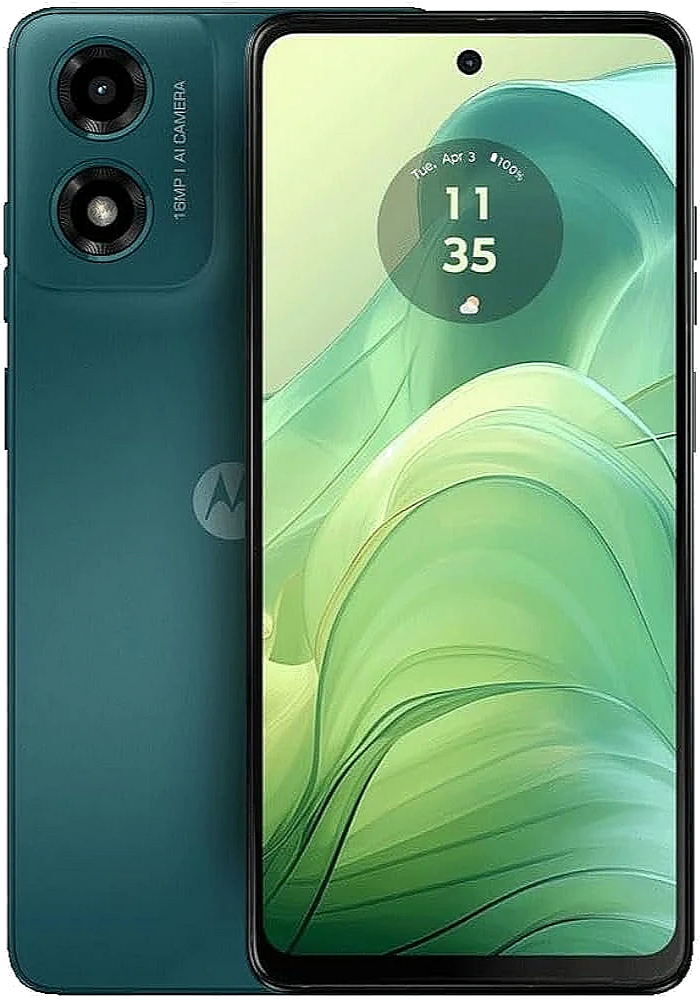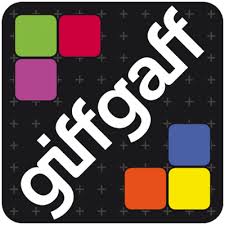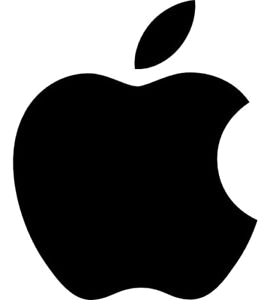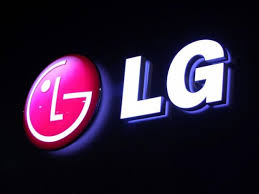Memory Cards For Mobile Phones 4GB to16GB
Outline for Choosing the Best Memory Card for an Entry Level Smartphone User
This Page Entry-Level
|
 Motorola Moto G04 Mobile Phone:Memory Card slot Up to 128 GB. Compatible with 32GB, 64GB, 128GB, 256GB, 512GB and 1TB (1000GB) Micro SD, Micro SDHC and Micro SDXC Memory Cards Motorola Moto G04 Mobile Phone:Memory Card slot Up to 128 GB. Compatible with 32GB, 64GB, 128GB, 256GB, 512GB and 1TB (1000GB) Micro SD, Micro SDHC and Micro SDXC Memory Cards |
Many entry-level SmartPhones often come with storage capacities between 8 GB and 32 GB. This is intended to keep costs low while providing essential functionality.
Why is this the case?
- Cost Reduction:
Lower storage capacities help manufacturers reduce production costs, making the devices more affordable for cost-sensitive markets.
- Target Audience:
Entry-level SmartPhones are aimed at users with basic needs, who primarily use their phones for calls, messaging, and light app usage rather than heavy data storage.
- Market Strategy:
They serve as an accessible entry point for first-time SmartPhones users, offering core functionalities without the expense of additional features like extensive storage.
Many Entry-Level SmartPhones are generally equipped with storage capacities ranging from 16 GB to 64 GB. However, advancements in technology and market demand are gradually pushing these numbers higher, with some models offering up to 128 GB.
|
 |
- Severe Limitations:
Limited inbuilt storage can result in frequent warnings about low space, limiting the number of apps and files that can be stored.
- Performance Challenges:
With minimal storage, phone performance can degrade rapidly as the storage gets close to full capacity.
- Frequent Data Management:
Users must constantly manage and delete files or apps to maintain operability, which can be inconvenient.
- Limited App Usage:
Users may not be able to install larger apps or store media files, restricting the functionality and value of the smartphone.
|
 |
- Storage Expansion:
Memory cards can dramatically expand an entry-level SmartPhones's storage, enabling users to store more apps, photos, and videos.
- Cost-Effective Solutions:
They provide an economical method to boost phone storage without incurring the high costs of devices with larger inbuilt memory.
- Improved Functionality:
Additional storage allows for wider app usage and enhances the phone's overall functionality and user experience.
- Data Portability:
Memory cards facilitate easy transfer of data between devices, allowing for easy sharing and backups without cloud dependence.
- Backup and Data Safety:
They serve as extra backup storage, protecting important data and media files against device failure or replacement.


















